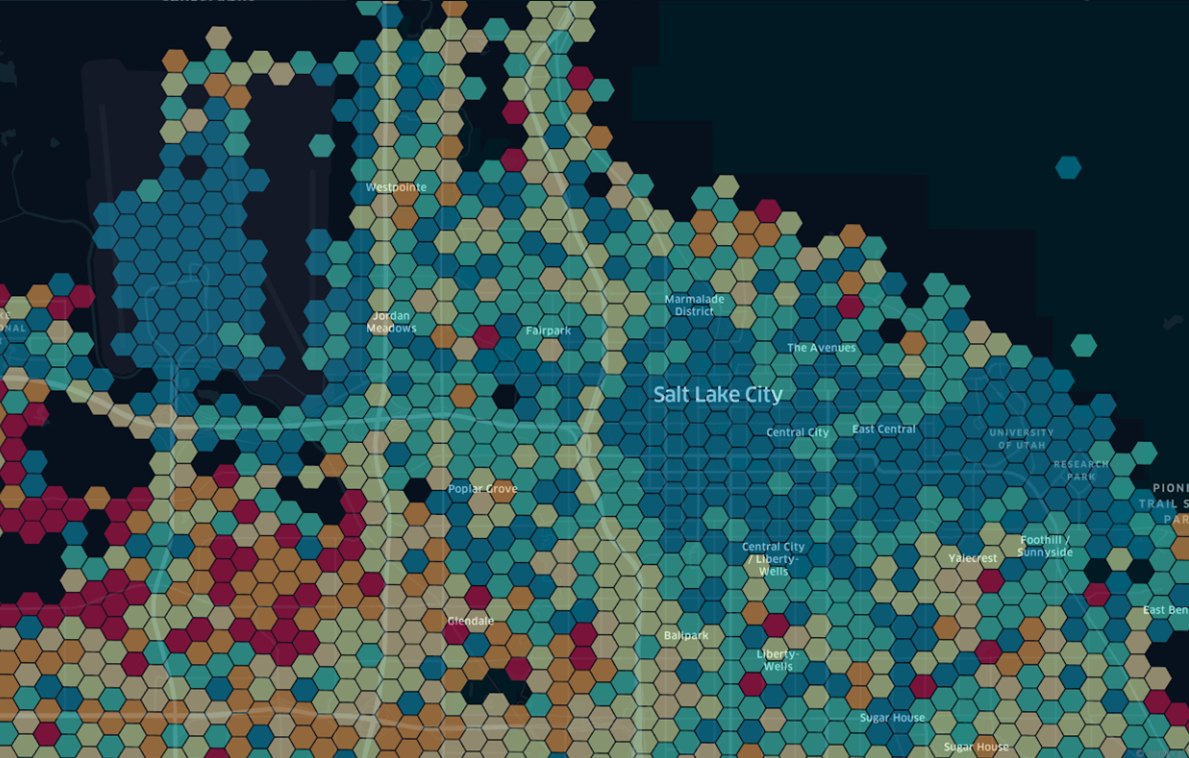When Jay Kinghorn was the associate managing director of the Utah Office of Tourism, he was constantly frustrated by the dearth of visitor data he knew would enhance the agency’s ability to promote itself, support its members, and enhance the experience of individual travelers as well as meeting groups. That gap in market intelligence was the impetus behind the startup he co-founded, Zartico, which collects and analyzes geolocation and anonymized credit card spending data to uncover traveler spend and movement patterns.
The company also licenses a global event database that includes everything from major sports and music events to arts festivals, trade shows, fairs, and conventions. It’s a comprehensive list, collated from a daily data stream of more than 40 million events from more than 300 sources. The geolocation function collects data from roughly 1.8 billion mobile devices in 180 countries, allowing the company to anticipate where, when, and how people move throughout a destination. The anonymized spend data is collected from 90 million credit and debit cards issued by 5,000 financial institutions.
This new tool has profound implications for the event industry, Kinghorn said. “Traditionally, DMOs and CVBs have had poor data collection ability. They don’t, for example, have a CRM that can capture a customer record, ticket transaction, or a hotel reservation. We bring the power of big data as it’s used in the private sector for the benefit of members of the destination ecosystem.”
A team of Zartico data scientists analyses the spend data, starting with the aggregate and then drills down by whatever category (hotel, restaurant, transportation, entertainment, retail, etc.) a client requests.
Planners can see how many attendees stayed in the room block and how many did not; how many stayed for the length of the event and how many left early and on what day; how many conventioneers went back to their hotel and stayed in for the evening vs. how many went out to eat or go the theater or shopped. “Our strategic advisors provide the context between the technology of the Zartico platform and the questions the client asks,” Kinghorn said. “We’re asked everything from the economic impact of bass fishing tournaments and NBA All Star games to the use of trailheads and museums to purchases made at minority- or women-owned businesses.”
This ability to delve so deeply into spend data has proven so valuable that Zartico’s client list has skyrocketed to 130 convention and visitors bureaus (CVBs) and destination management organizations (DMOs) in the U.S. and Canada since the company launched in March 2020. That was the month Covid travel restrictions began, but after initial trepidation, Kinghorn quickly realized that there was a silver lining amid the uncertainty. “Those two years of limited travel reinforced the importance around the use of data for decision making,” he explained. “We saw CVBs and DMOs use the insights to develop relationships with economic development and community planning entities, who welcomed fresh, comprehensive spend data and who then could better coordinate their strategic planning.” Small businesses benefited as well, he added, since they ordinarily can’t afford to glean visitor spend data on their own.
Data Collection Capability As A Differentiator
For CVBs and DMOs, Zartico’s metrics on visitor movement and spending help pinpoint key target markets, said Kaitlin Eskelson, President and CEO of Visit Salt Lake. “Our team is using Zartico data to provide meeting and event planners with post-conference reporting, which equips them with the economic impact that their convention has and helps set Salt Lake apart as a convention destination.” Eskelson also noted that the data has been particularly useful for vendors. “We can let bars and restaurants know when they’ll likely be very busy during conventions so they can for staff up properly,” she said. “Same with our transit infrastructure. Scheduling tweaks means we can handle the extra volume.”
For event planners, spend data is useful as a planning resource, helping with destination selection, budgets, room block size, and event design. And while Zartico is mainly focused on serving the supply side – CVBs and DMOs, with international expansion in the works – there’s also an initiative still in the alpha phase designed to help corporate, and association buyers use group spend data to strengthen negotiations and fine-tune their programs.
“The exciting thing is that we are only scratching the surface of how we can make events more productive and effective,” Kinghorn said. “It’s just another element in the digitization of travel.”





